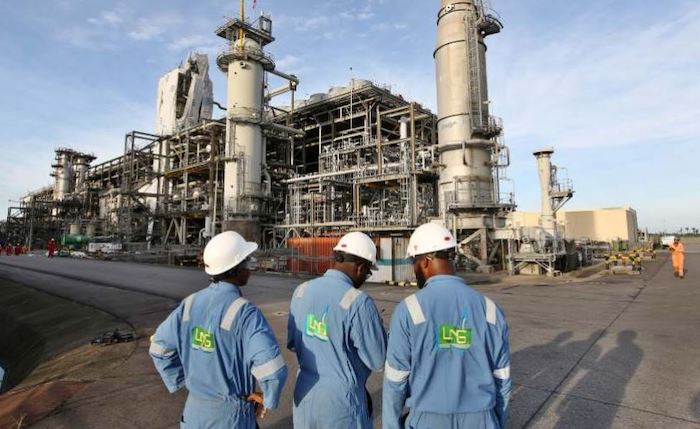In Nigeria’s dynamic energy sector, oil and gas licensing remains a cornerstone of economic growth, attracting investments and ensuring regulatory compliance. As Africa’s largest oil producer, Nigeria’s licensing framework under the Petroleum Industry Act (PIA) 2021 has revolutionized the industry, promoting transparency, local content, and sustainable development. This guide explores the intricacies of oil and gas licensing in Nigeria, highlighting processes, requirements, and recent developments for 2025. At Penlit & Greyson Legal Practice, our expert lawyers specialize in navigating these regulations to help clients secure licenses efficiently and mitigate risks.
Whether you’re an investor eyeing upstream opportunities or a company seeking midstream permits, understanding Nigeria’s oil and gas regulations is essential for success in this vital sector.
Overview of Nigeria’s Oil and Gas Sector
Nigeria’s energy, natural resources, and infrastructure landscape is dominated by oil and gas, contributing over 80% of export earnings and significant GDP share. The PIA 2021 dismantled the old Petroleum Act of 1969, introducing a bifurcated regulatory structure: the Nigerian Upstream Petroleum Regulatory Commission (NUPRC) for upstream activities and the Nigerian Midstream and Downstream Petroleum Regulatory Authority (NMDPRA) for midstream/downstream.
This reform aims to enhance efficiency, attract foreign direct investment (FDI), and align with global sustainability goals. In 2025, the sector targets 2.1 million barrels per day (bpd) production, with focus on Deepwater and gas commercialization. Key challenges include security in the Niger Delta and energy transition pressures, but opportunities abound in gas flaring reduction and renewable integration.
Key Legislation: The Petroleum Industry Act 2021
The PIA 2021 is the bedrock of modern oil and gas licensing in Nigeria, emphasizing fiscal stability, environmental protection, and host community development. It introduces competitive bidding rounds, streamlined approvals, and the Host Communities Development Trust Fund (HCDTF) for 3% of operating expenses.
Recent 2025 regulations, such as the Nigerian Upstream Petroleum (Commercial) Regulations, detail commercial operations, including licensing fees and timelines. The Act mandates environmental impact assessments (EIAs) and promotes local content, requiring 75% Nigerian participation in projects.
For infrastructure, the PIA facilitates public-private partnerships (PPPs) in pipelines and refineries, aligning with Nigeria’s infrastructure deficit estimated at $3 trillion by 2050.
Types of Oil and Gas Licenses in Nigeria
Licenses are categorized by sector segments under the PIA:
Upstream Licenses (NUPRC)
- Petroleum Prospecting License (PPL): For exploration; valid for 3-5 years, renewable. Requires bid participation in licensing rounds.
- Petroleum Mining Lease (PML): For production; up to 20 years. Converted from PPL upon commercial discovery.
- Marginal Field Licenses: For smaller fields; part of 2025 bid rounds focusing on undeveloped assets.
Midstream/Downstream Licenses (NMDPRA)
- Gas Processing License: For refining natural gas; requires technical feasibility studies.
- Petroleum Refining License: For modular/full-scale refineries; 2025 guide emphasizes modular options for faster deployment.
- Transportation and Storage Licenses: For pipelines and bulk storage; includes safety certifications.
In 2025, the NUPRC announced a licensing round prioritizing gas and fallow fields to boost reserves.
The Licensing Application Process
Securing an oil and gas license in Nigeria involves a structured process:
- Pre-Qualification: Submit company registration, financial proof, and technical expertise via NUPRC/NMDPRA portals.
- Bid Submission: For competitive rounds; includes work commitment and signature bonuses (e.g., $1-10 million for PPLs).
- Evaluation and Award: NUPRC assesses bids on criteria like local content (30% weight). Timelines: 6-12 months.
- Post-Award Compliance: EIA, community agreements, and annual renewals.
Fees vary: Application ~₦500,000 ($300); processing up to ₦10 million ($6,000) for major licenses. Online submissions reduce delays in 2025.
Challenges and Opportunities in 2025
Challenges include bureaucratic hurdles, though PIA streamlines them, and security risks in onshore areas. Opportunities: 2025 bid rounds focus on deepwater and gas, with incentives like tax holidays. Infrastructure investments in LNG and renewables complement oil/gas.
How Penlit & Greyson Can Assist
Navigating Nigeria’s oil and gas licensing requires expert legal guidance. At Penlit & Greyson Legal Practice, we offer comprehensive services, from bid preparation to compliance audits. Our team ensures your applications align with PIA 2021 and 2025 regulations, minimizing risks and accelerating approvals.
Contact us today for a consultation on oil and gas licensing in Nigeria. Visit our services page or call to discuss your needs.
Conclusion
Understanding oil and gas licensing in Nigeria is crucial for stakeholders in energy, natural resources, and infrastructure. The PIA 2021 framework, with 2025 updates, fosters a competitive environment. Stay informed on bid rounds and regulations to capitalize on opportunities. For tailored advice, partner with Penlit & Greyson—your trusted legal experts in Nigeria’s energy sector.



